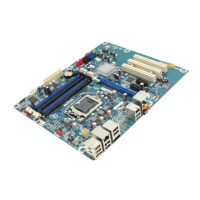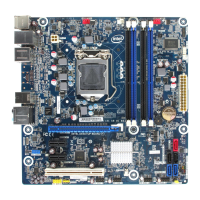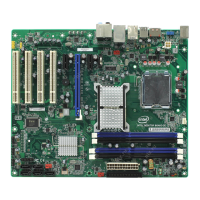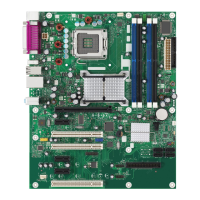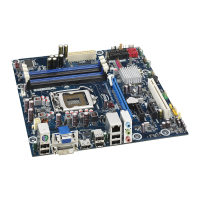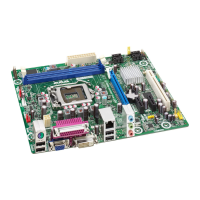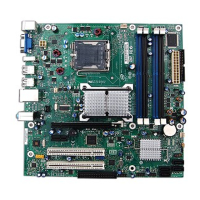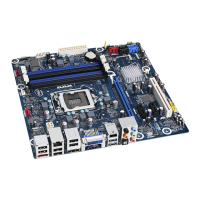Intel Desktop Board DP67BG Performance Tuning Guide
14
3.5 Intel Desktop Board DP67BG Performance
Tuning Process
There are various sequences of steps possible for doing board performance tuning.
The approach presented in this guide is a general starting point, but may not be
optimal for all cases.
Performance tuning is an iterative process. The settings made for a parameter may
affect which settings will work for another parameter. For example, increasing the
system clock frequency may require that previous adjustments to the processor turbo
ratios be revised downward to maintain processor stability.
A full processor and memory tuning sequence consists of the steps suggested below.
Depending on your objectives, it may not be necessary to complete all of the steps in
this sequence. More discussion about these steps is included in Sections 3.5.1 through
3.5.9. Checking system stability appears frequently during this sequence. This check
en
sures that the work done up to that point will provide stable system performance. If
instability is encountered, the source of the problem can be more easily determined if
regular stability checks have been completed.
1. Configure the BIOS for performance tuning.
2. Set processor voltage and turbo ratios.
3. Check stability.
4. Increase system clock frequency.
5. Check stability.
6. Tune memory.
7. Check stability.
8. Reduce voltage, current, and power.
9. Check stability.
10. Re-enable dynamic and burst mode (if possible).
11. Check stability.
12. Reconfigure the BIOS to enable interfaces.
13. Check stability.
14. Archive performance settings.
3.5.1 Configure the BIOS for Performance Tuning
It is recommended that non-essential interfaces (such as, onboard audio, USB, LAN,
external SATA, etc.) be disabled when performance tuning to simplify the process.
Once the performance parameters have been optimized, the onboard features can be
re-enabled.
Scroll to “Configuration” > “On-Board Devices” and use the submenus to disable these
features (refer to Figure 3.3).
NOTE
Do not disable the USB port where the keyboard is connected.
